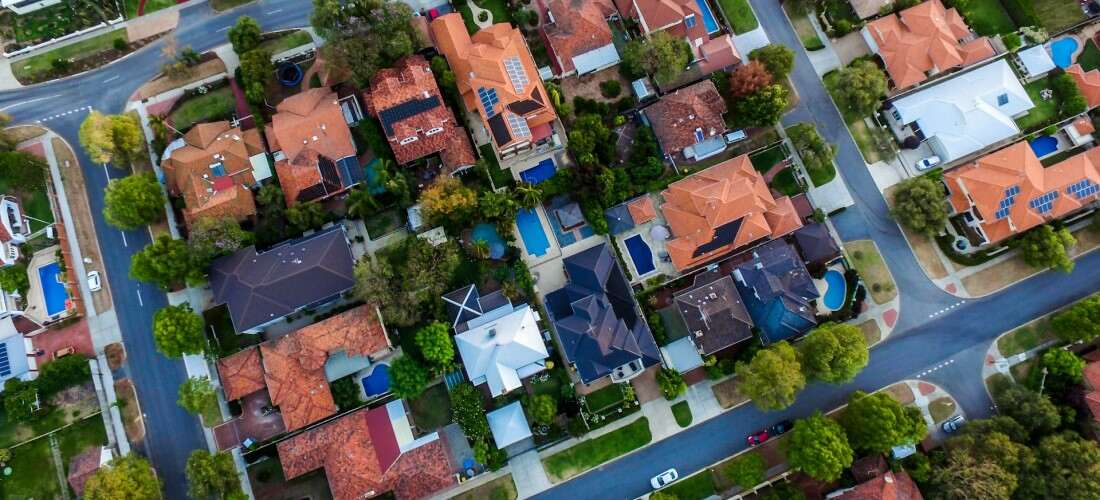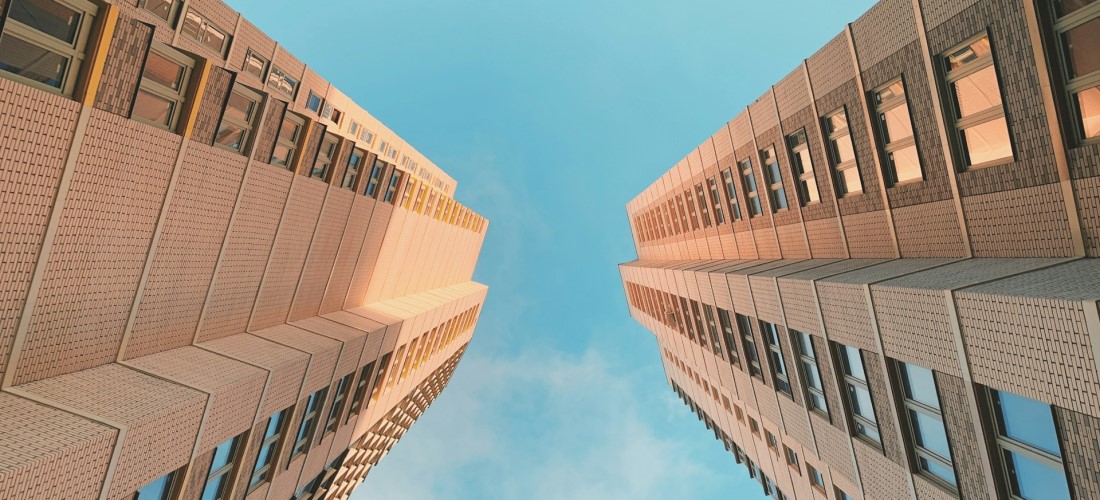
Housing market update: May 2025
Key points:
- Housing prices have picked up over the past couple of months.
- Houses have done better than units in recent years although that trend might stall over the next couple of years.
- With further rate cuts likely there is a likelihood of a pickup in house price growth in the second half of the year.
- House price outcomes are likely to be mixed, with the strongest price growth in the most affordable cities.
House price outcome in Q1
Annual house price growth continued to slow in April although there has been a step-up in the pace of monthly growth over the past two months. If the current monthly pace is maintained for the remainder of this year annual growth will slow further in the first half before picking up again in the second half.
Affordability continues to an important theme in the housing market, with the fastest price growth in lower-priced houses and slowest in higher-priced houses across all capital cities.
The prices of standalone houses have risen modestly faster than other forms of housing over the past couple of years. The average price of a standalone house Australia-wide in April was at its equal highest relative to other forms of housing in at least thirty years.
There have been two periods when the price of standalone houses has jumped relative to other firms of housing. The first was in the early 2000’s. The equity market selloff and decline of interest rates during that time led to an increase of interest in housing. The boost to household’s disposable incomes from the mining boom also meant more households were able to afford a standalone house. In more recent times the demand for standalone houses got a boost from the increased number of workers wanting to work from home.
Affordability concerns means that it is unlikely that the price of standalone houses can sustainably outperform other forms of housing over the next few years. Factors that could change that view are a substantial decline in interest rates or a big jump in households’ disposable incomes.
The other big trend over recent years has been that house prices in the regions have risen by more than in the capital cities. Affordability has been a key factor, with some of the fastest areas of population growth over the past ten years being the regions near capital cities. The working from home trend also provided more workers with the scope to live outside major cities.
The history of cash rate declines and house prices
An important cyclical driver of house prices is changes in interest rates. For much of the past year I had thought that the amount of monetary easing in this cycle might be limited reflecting the very low unemployment rate and substantial amount of investment that needs to take place in the economy. But the uncertainty caused by President Trump’s trade policies means more substantial rate reductions are now likely. I now think the cash rate will decline by an additional one percentage point (taking the cash rate down to 3.1%). At the time of writing, financial markets were pricing a good chance of a further one quarter percentage point decline.
Regardless of the eventual size of the rate reductions history would say that house prices typically rise by between 10-15% in the two years following a monetary easing cycle. There were smaller price rises in both the early 1980s and 1990s. But on both those occasions the unemployment rate was above 10%. Currently the unemployment rate is within touching distance of fifty-year lows.
The conditions today also don’t appear consistent with the three occasions when house prices rose by over 20%. In the 1980s house prices were boosted by the greater availability of credit from the de-regulation of the financial sector. In the 2000’s it was the improved affordability from lower interest rates and the boost to household income from the start of the mining boom. And in 2021 it was the historically low level of interest rates, the substantial boost to households’ disposable incomes from government subsidies and the structural shift towards standalone housing caused by the shift to working from home.
The recent improvement in households’ disposable incomes, a rate cut and slowing of house price growth has seen an improvement in sentiment towards buying a house. The level of sentiment is the same as it has been in previous cycles before house prices rose 10-15%.
Valuation by city
How much house prices change in each city will be determined by the supply-demand dynamics, as well as valuations. There are a number of different methods for valuing house prices. One of my preferred measures is to compare the return the housing market provides (rental yield) with the risk-free investment (inflation-adjusted long-term government bond yields). I use long-term bonds as housing is a long-term asset. For simplicity I have labelled cities where rental yields provide an additional return greater than its historical average as cheap, and cities with a lower return as expensive.
By that measure Sydney, Brisbane and Adelaide housing markets are expensive. This measure suggests that the Perth market is only modestly over valued despite the very sharp house price rises over the past couple of years. Melbourne is also modestly expensive although better value than Sydney, Brisbane and Adelaide.
Comparing the average standalone house prices in each capital city with that of Sydney tells broadly a similar story. Housing appears cheap in Darwin, Melbourne and Canberra relative to their long-run relationship with Sydney house prices. It is a little below average in Perth and Hobart, and about average in Brisbane and Adelaide.
Forecast for standalone house prices for 2025 and 2026
Interest rates appear likely to decline by more than I had expected when I wrote my last housing note in January. As a result I have revised up my house prices forecasts for standalone house prices in the capital cities over the next couple of years. The expected house price rise over the next couple of years (around 11%) is projected to be at the lower end of the 10-15% range that typically occurred after monetary easing cycles. This reflects the low level affordability.
My expectation of the order of house price growth amongst cities largely reflects affordability. I expect the largest house price rises over the next couple of years to be in the more affordable cities (Melbourne. Hobart, Canberra and Darwin). Perth house prices are projected to rise by more than in Brisbane and Adelaide, with more moderate rises expected in Sydney.
| City | 2024 (actual) | 2025 (forecast) | 2026 (forecast) |
|---|---|---|---|
| Australia | 8 | 5 | 6 |
| Sydney | 6 | 3.5 | 5 |
| Melbourne | -3 | 4 | 8 |
| Brisbane | 11 | 6 | 5 |
| Adelaide | 14 | 7 | 5 |
| Perth | 21 | 9 | 6 |
| Hobart | 0 | 3 | 7 |
| Darwin | 2 | 6 | 8 |
| Canberra | 0 | 3 | 7 |
We really do live in interesting times.


